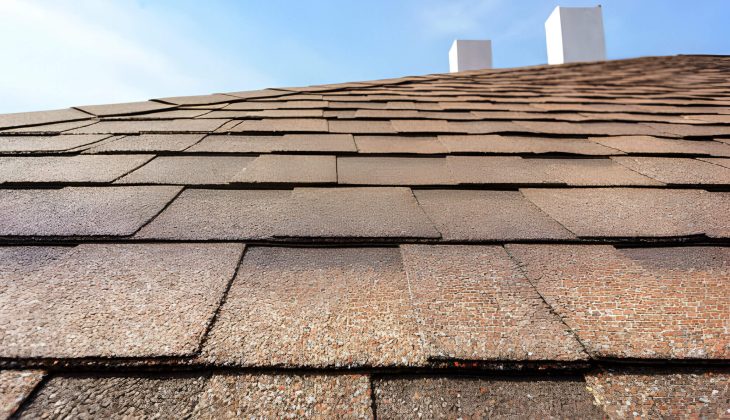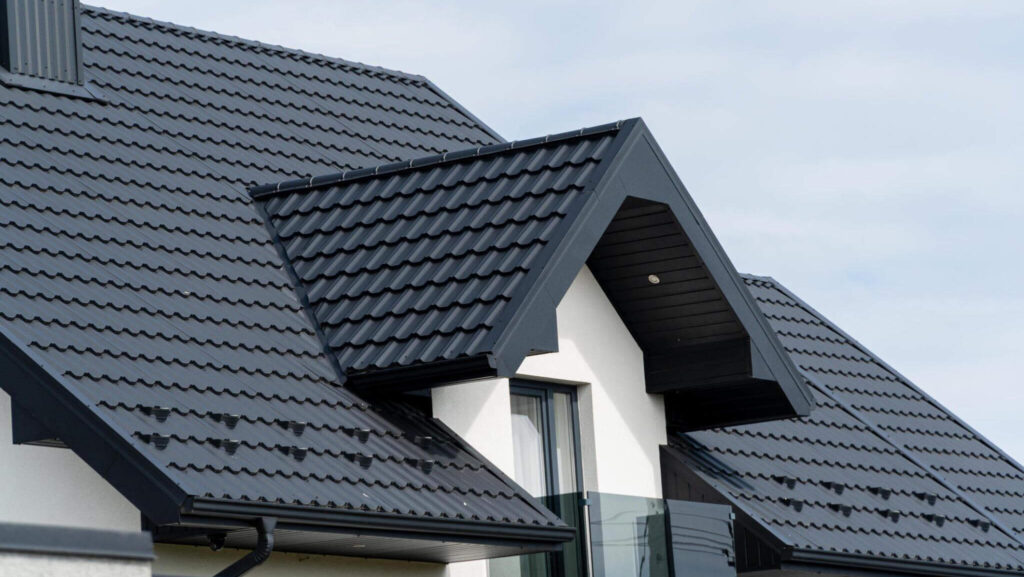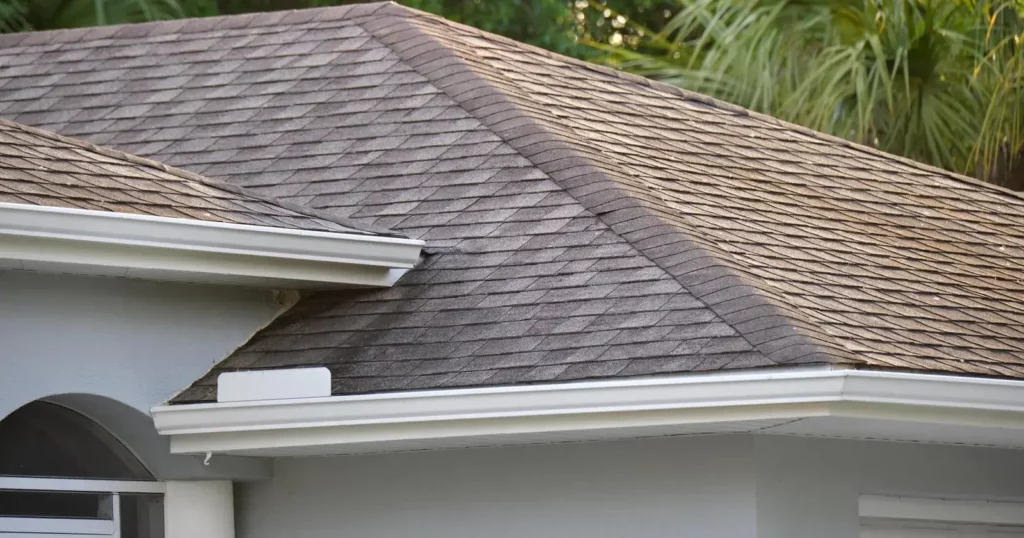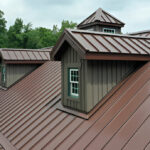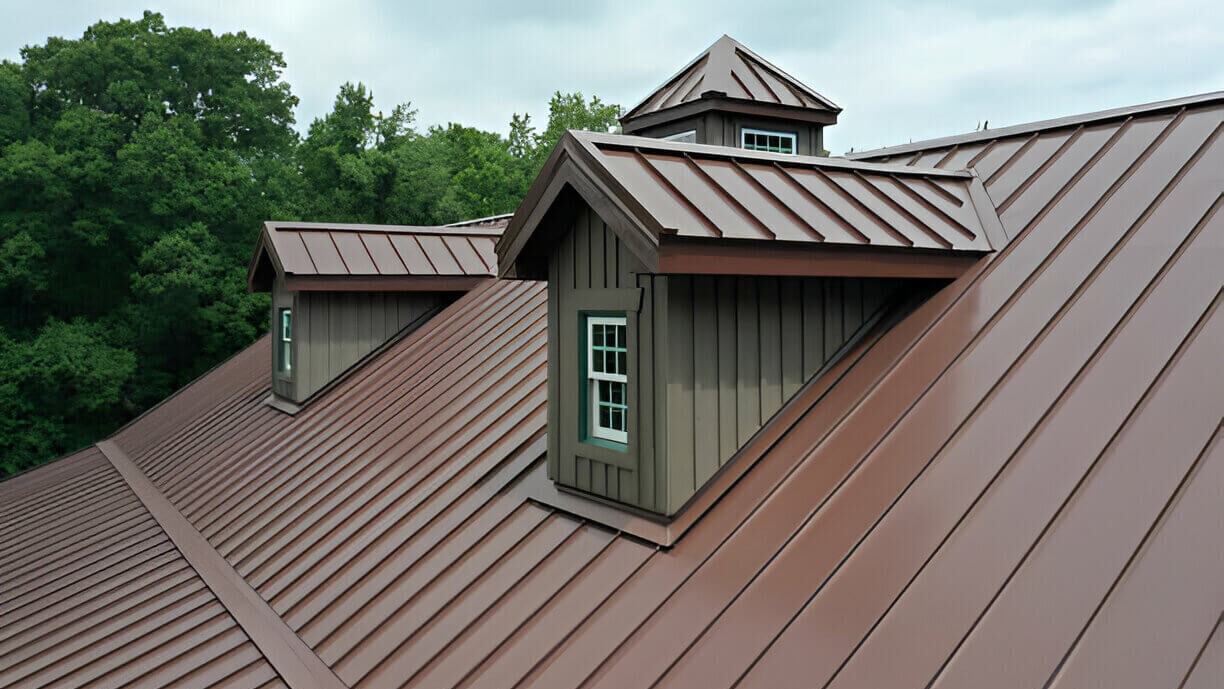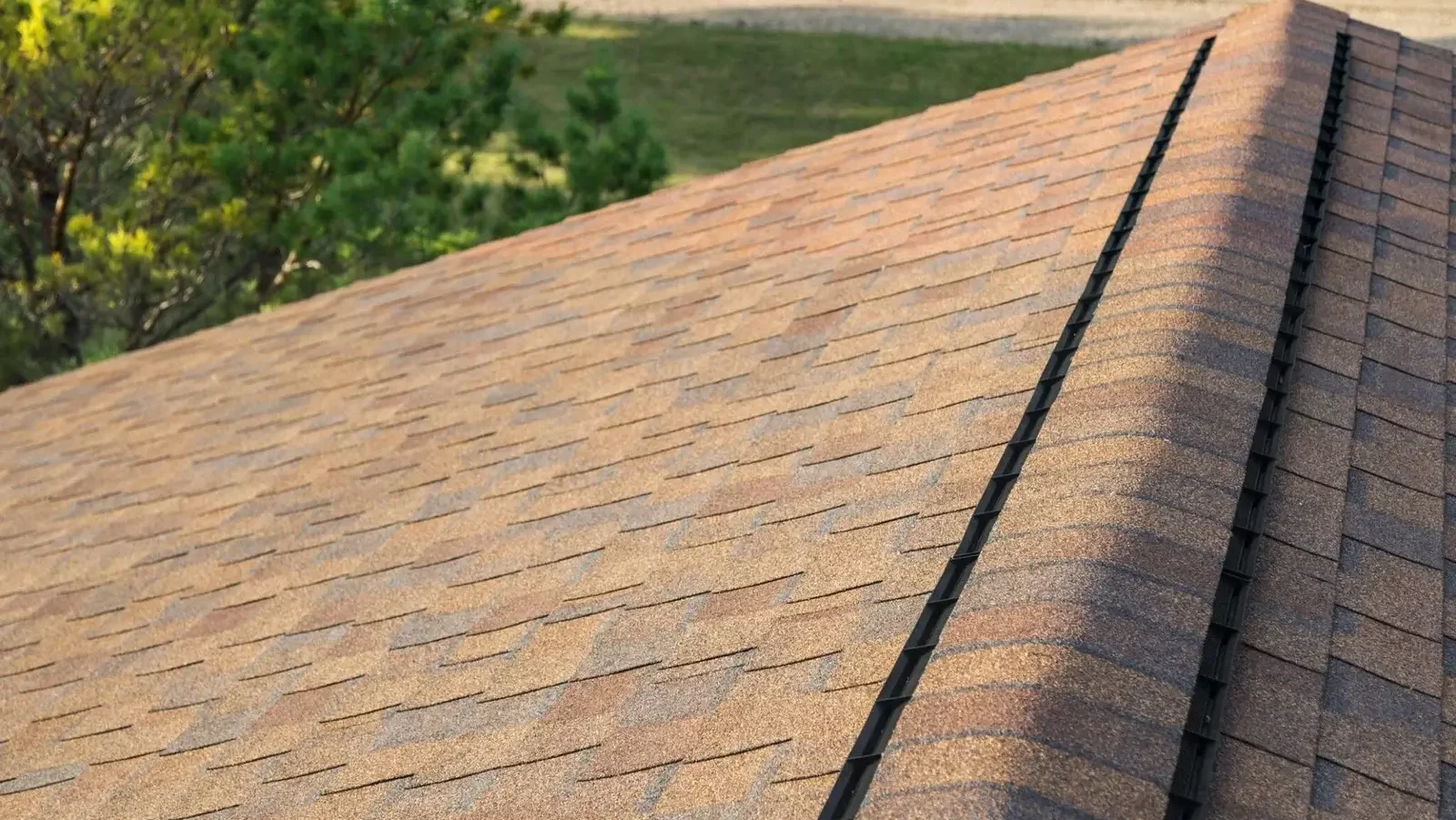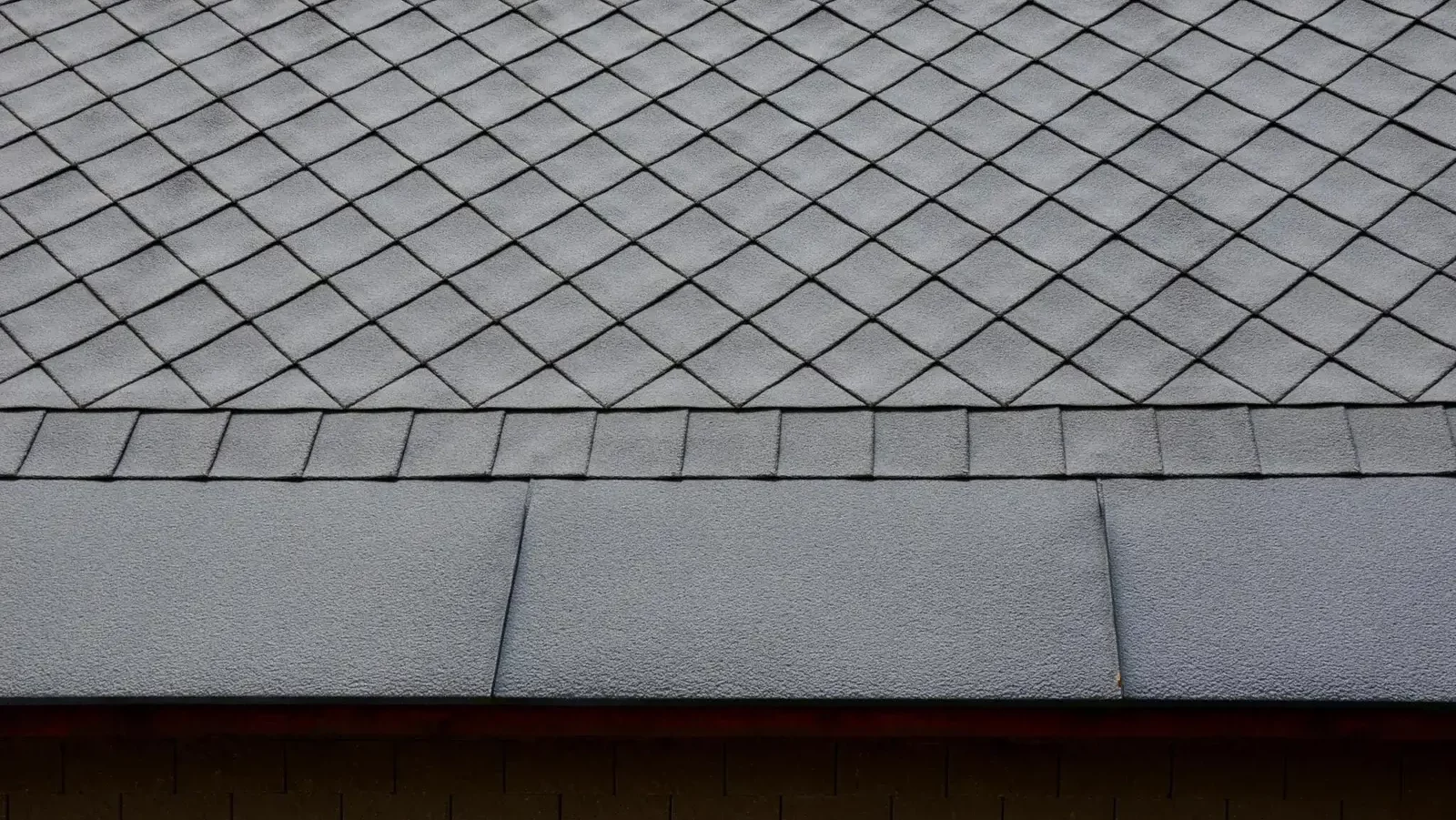Are you considering giving your roof a facelift? You can put on a new layer of asphalt shingles over the old one to save some money. But hold on! While it seems like an intelligent budget idea, doubling up on shingles can lead to a number of problems and cost your wallet harder down the road.
Table of Contents
ToggleLet’s explore why there might be better alternatives to putting two layers of shingles on the roof.
I will present the common yet possible issues associated with this roofing choice and highlight potential surprises.
Can I Put Shingles Over Shingles
Are you considering a roof upgrade by adding new shingles to your old asphalt roof? Hold that thought! If your current shingles are flat and nearing the end of their life, a nail-over might work. However, if your roof resembles a rollercoaster with its bumps or cracks like a sidewalk, it is time to reconsider.
It’s essential to be aware of the types of asphalt shingles and their condition before deciding on this approach.
Your roof should be as straightforward as a child’s puzzle – limited holes, minimal flashing, and no walls nestling up to your shingles. Most roofs are not suitable for a nail-over reroof.
10 Problems With Two Layers Of Shingles
Here are the most common problems with two layers of shingles:
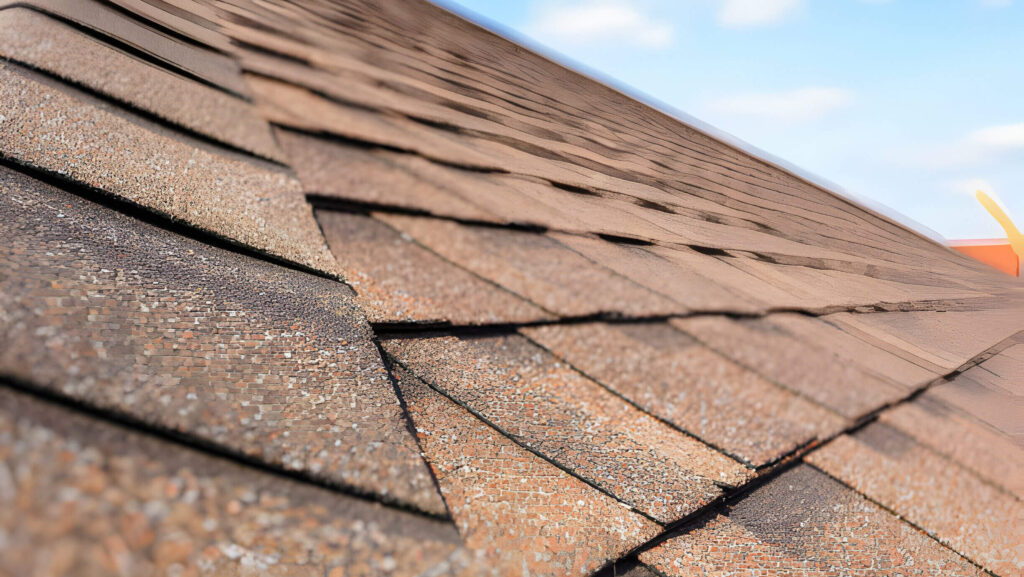
1. Risks of Roof Overloading
Adding another layer of shingles to your roof might seem like a quick fix, but it is a heavyweight problem. Your roof is already lifting an extensive set of asphalt shingles. Piling on another set will ask it to be bench-pressed double.
Your roofing expert cannot look under the first layer to check the health of the roof decking. If the decking is weak, it will not be long before it waves the white flag under the extra load.
The tipping point could come sooner or later, depending on how much of the decking has turned to mush. But sooner or later, that extra weight will start to mess with your roof’s structure.
2. Trapped Moisture Between Layers and Its Impact on Roof Deck Integrity
When you put on a new layer of shingles without removing the old ones, you are basically giving your roof a blindfold. You cannot check or fix the roof’s base, so if you have any issues like rot or weak spots, get a new cover-up, which is not a real solution.
Likewise, keeping the old roof underlayment means moisture can get stuck between the shingle layers.
This trapped moisture speeds up the wear and tear on both the shingles and the roof base, leading to leaks, mold, and rot.
3. Shortened Lifespan
Doubling up on shingles might seem like an easy solution, but it is like inviting the sun to a cookout on your roof. That extra heat fries your shingles and sends your roof’s lifespan on a fast track to retirement, much like inadequate flat roof insulation can lead to overheating issues.
Trying to save a dollar on that first layer of shingles does not compare to the long-haul costs of layering up.
4. Installation Challenges
As a homeowner, you take pride in your home’s exterior charm. The roof plays a pivotal role in improving its street appeal. You might assume that doubling up on layers would produce a similar aesthetic, but that needs to be clarified.

Roofing experts typically lay shingles on flat surfaces. However, installing a new roof over damaged existing shingles creates an uneven base. This unevenness leads to a flawed roof appearance, with shingle patterns that need to align correctly, detracting from the overall look of your home.
5. Voided Manufacturer Warranties and Lack of Coverage for Defects
When you buy roofing things, it is very important to have a warranty from the maker. It is like a promise that if anything goes wrong, they have got your back.
But they say you have to put the shingles on a clean and fixed-up roof right on top of this layer, which is called the underlayment.
If you do not, they might not help you out if there is a problem with the shingles. So, make sure everything is done right, or you might miss out on getting help if you need it.
6. Heightened Fire Risk and Increased Danger to Property
Cramming too much roofing material into a small area increases the risk of a roof fire. Flammable stuff piling up between shingles and older shingles losing their fire-fighting powers spell trouble. Keeping you and your property safe is necessary.
7. Violations of Building Codes and Regulations
Construction regulations serve a vital purpose: ensuring buildings are safe and sturdy. In some areas, adding a second layer of shingles is allowed, but it comes with several rules regarding the roof’s structure, old shingles, underlayment, and how they are nailed down.
However, in many regions, stacking two or more layers of roofing is prohibited, as it might push the roof past its weight limit, weakening its overall structure.
According to most building codes, up to two layers of asphalt shingles are okay on roofs with a slope of 4:12 or steeper. If the slope is gentler, between 2:12 and 4:12, you should lay down two layers of underlayment, each at least 19 inches wide, running parallel to the roof, and secured at the eaves.
8. Uneven Appearance
The look of your home’s front grows its worth, even if selling is outside your plan. However, when considering how often to replace a roof, it’s important to note that a second layer of shingles, or a “layover,” does not sit as nicely or look as good as the first.
That is because the original shingles get worn and start to bend. So, the new shingles do not get a flat, smooth base and are not stuck on as tightly.
This means you are installing shingles over shingles that might not hold up well against wind and weather, and you could end up back where you started. According to recent studies, homes with well-maintained exteriors can see a value increase of up to 7%. It is worth considering the long-term impact of quick fixes.
9. Issues in Insurance Claim
If your roof has a double layer of shingles, you might face a problem when it comes to filing insurance claims. Many insurers give a thumbs down to covering damage from installing shingles over shingles.
Why? Well, it’s seen as “not recommended” in roof maintenance, like forgetting to water your plants. This oversight could lead to spending extra cash for repairs or a new roof.
10. Increase Removal Cost
When it is time for a new roof, having two layers means more work. This extra effort increases the costs and the time it takes to renovate. On average, removing shingles costs 3 per square foot.
If you are dealing with heavier stuff like tile or slate, it is $2–$5 per square foot. And guess what? Dumping fees can double.
Alternatives of Two Layers of Shingles
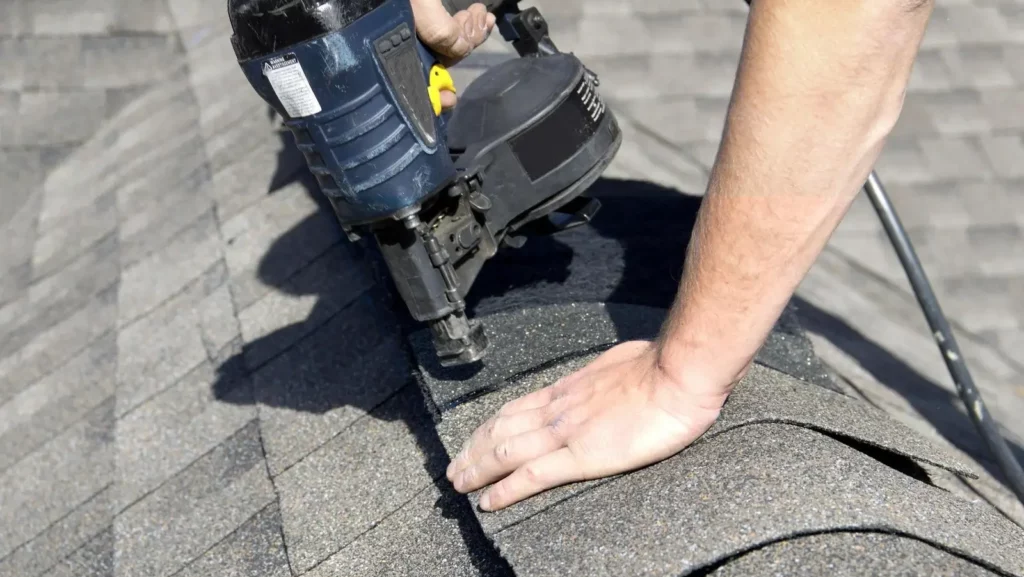
1. Repairing a Roof with Two Layers of Shingles
This method tackles certain spots on your roof that need fixing. It is the best choice if only a small part of your roof is hurt and the rest is still in good shape. But, it is very important to fix things carefully so you do not get leaks later and your roof lasts longer.
2. Alternatives to Complete Roof Replacement
Choosing to replace your roof entirely, often referred to as a shingle roof replacement, is often a better decision than putting on another layer of shingles.
Why? Putting on extra shingles can lead to a number of problems, like added weight and hidden issues that you cannot see.
When you go for a full replacement, you are getting rid of the old stuff, checking the wood underneath, and putting on a fresh, new roof. This way, you avoid issues with extra weight and surprises that could show up later.
Problems With Two Layers Of Shingles FAQs
How Many Layers Of Shingles On A Roof?
You can have up to two layers of shingles on a roof. However, it’s crucial to consider local building codes and the structural integrity of your home before adding a second layer.
Can You Repair A Roof With Two Layers Of Shingles?
Repairing a roof with two layers of shingles is generally not recommended. It is better to address any issues by removing both layers and starting fresh to ensure a long-lasting repair.
How Much Does It Cost To Get Layers?
The cost to install layers of shingles can range between $4 and $40 per square foot. This price varies depending on the type of shingles and the complexity of the installation.
Conclusion
You now know about the issues of putting a second layer of shingles onto your roof. A trustworthy roofer will always vote for a complete roof makeover.
Yet, double-decker roofs can avoid problems if they are set up with care. Go through these problems before you decide to cap your old roof with a fresh shingle.

